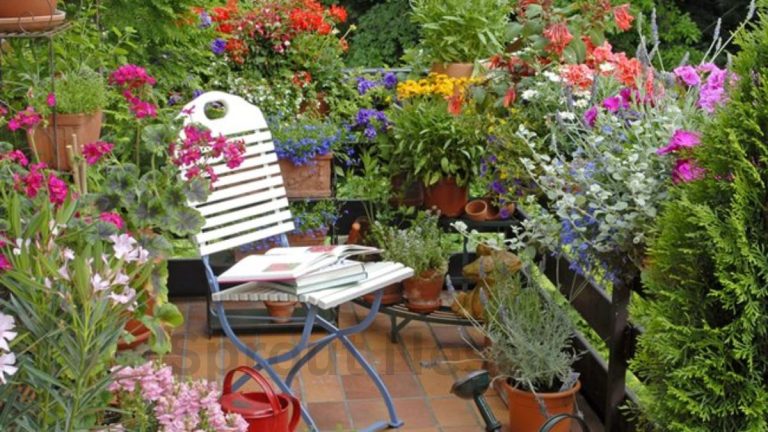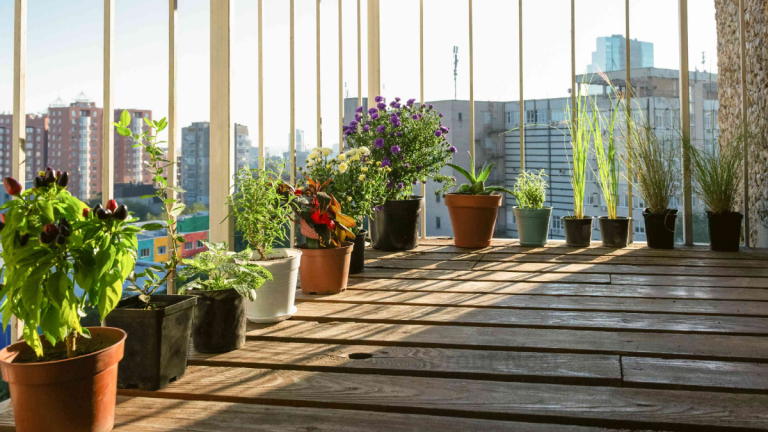Building a raised garden bed for your balcony is a smart way to grow more plants in a tidy, manageable space. As a gardening expert, I’ve built many of these for clients with limited outdoor space, and I can assure you—it’s easier than it sounds and works brilliantly.
Why Choose a Raised Garden Bed?
Raised beds allow better soil control, improved drainage, and easier plant care. On a balcony, they help you grow herbs, vegetables, or flowers neatly, without cluttering the area with lots of small pots.
Step 1: Check Your Balcony’s Weight Limit
Before starting, always check the load-bearing capacity of your balcony. Raised beds, when filled with soil and water, can be heavy. I usually recommend smaller, lightweight designs using wood or durable plastic to keep the weight manageable.
Step 2: Select the Right Materials
For balcony use, I suggest using cedar wood or composite boards—they’re weather-resistant and lightweight. You’ll also need screws, a drill, and a waterproof liner. Alternatively, you can buy premade raised bed kits designed for balconies, which save time and effort.
Step 3: Build the Frame
Measure your space and decide the size—common balcony sizes are around 2ft x 3ft or 2ft x 4ft. Keep the depth around 8 to 12 inches, which is enough for most herbs and veggies. Assemble the wooden frame using screws. Make sure it’s sturdy but light enough to move if needed.
Step 4: Add a Base and Liner
Since you can’t place soil directly on the balcony floor, create a base using plywood or slatted boards for drainage. Line the inside with heavy-duty plastic or pond liner, but add small drainage holes at the bottom to prevent water buildup. I always place a tray or mat underneath to catch excess water and protect the balcony floor.
Step 5: Fill with Quality Soil Mix
Use a light, nutrient-rich potting mix—not garden soil. I recommend mixing compost, coco coir, and perlite for good drainage and root health. Fill the bed to about 1 inch below the rim.
Step 6: Plant and Maintain
Now plant herbs, leafy greens, or compact flowers. Water as needed, but avoid overwatering. Balcony-raised beds dry out faster, so keep an eye on soil moisture. Feed plants with organic fertiliser every 2–3 weeks.
Expert Tip:
Keep the raised bed accessible for easy watering and harvesting. Don’t overcrowd—give each plant space to grow.
Final Thought
A raised garden bed on your balcony adds structure, improves plant health, and makes gardening simpler. From my experience, once you build one, you’ll wonder how you ever managed without it. It’s a brilliant way to maximise space and enjoy fresh plants at your fingertips.


